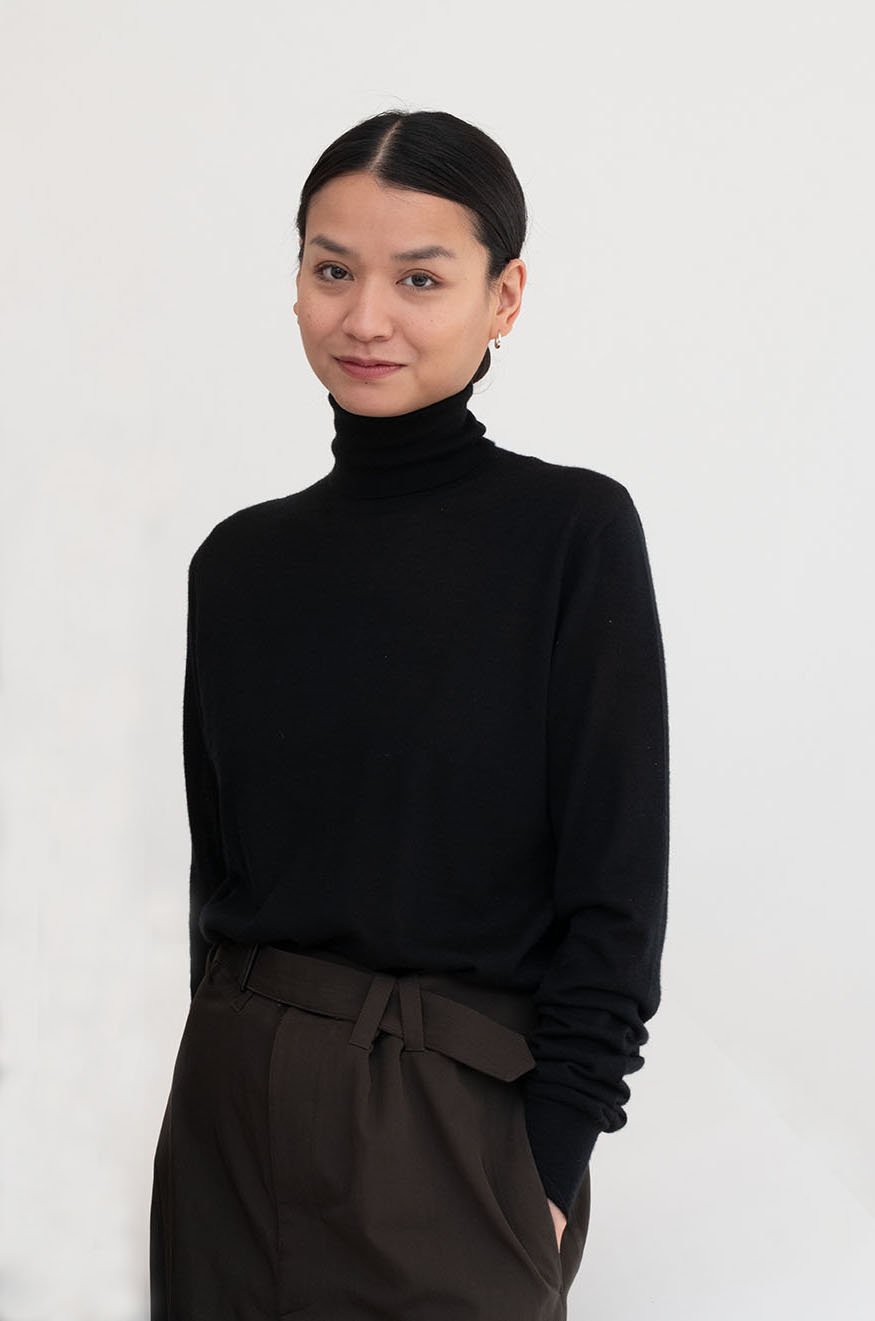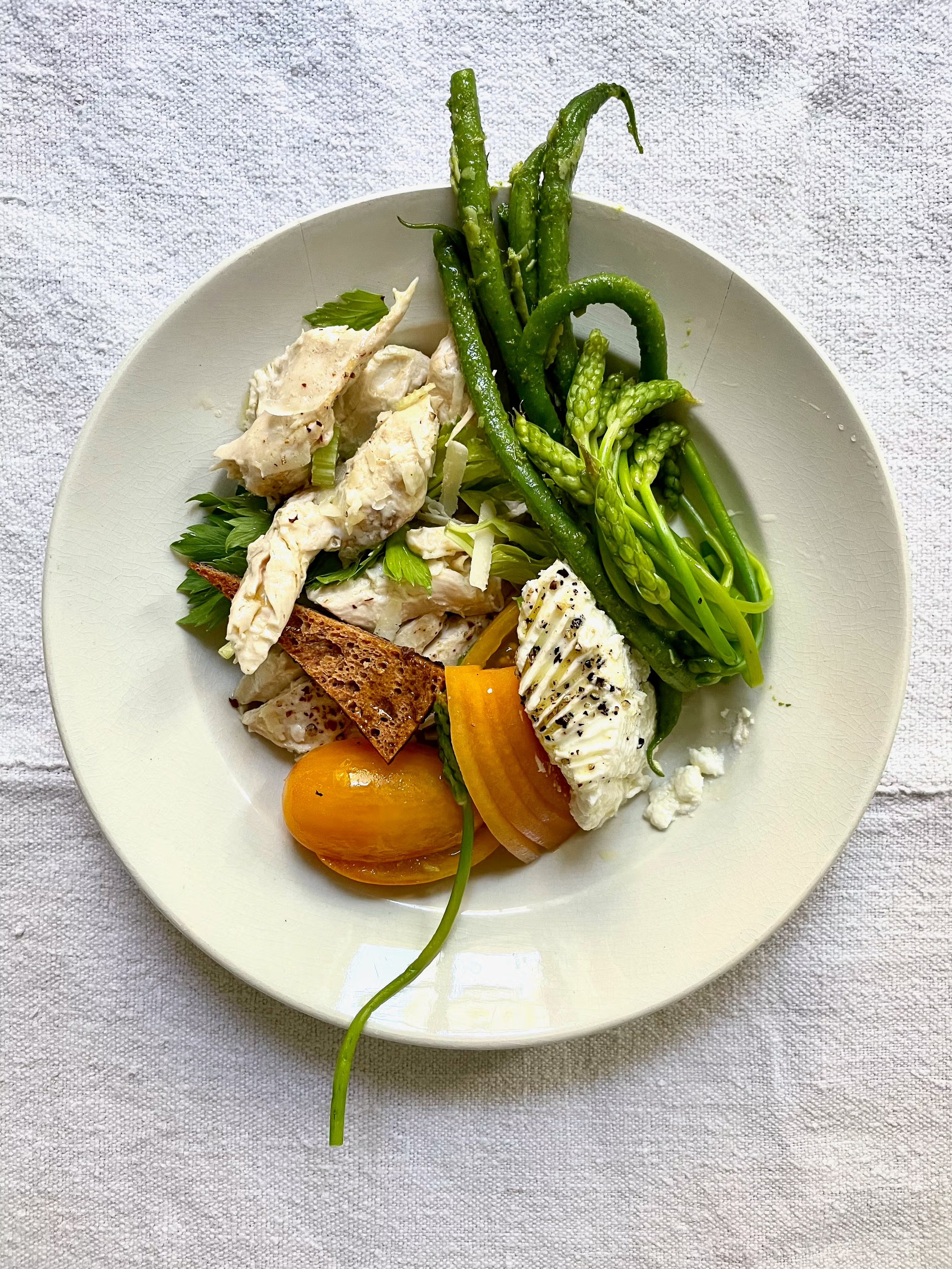Can We Make Shopping Good Again?
Courtesy of Attersee
Can We Make Shopping Good Again?
with Felicia Hung, Isabel Wilkinson, Amalie Moosgaard, Cecilie Moosgaard and Dawn Nguyen
By HURS Team
When Apple opened its first two retail stores in May 2001, the tech company set the first step towards changing the way we shop. While the media questioned Apple’s venture into physical retail, its stores reached S$1 billion in annual sales—becoming the fastest retailer in history to do so—and continue to dominate the luxury retail experience today. It’s no surprise that many brands try to emulate what Apple created, but the big players remain unable to crack the code on how to revolutionize shopping.
The pandemic was a rude awakening. Many of the brands that didn’t have a digital presence yet were pushed online, while the physical retail experience became even more of an afterthought. While e-commerce has certainly made parts of life easier, its focus has always been on efficiency, while the pleasure of shopping is about much more than acquiring something new. The joy of retail is about connection, expertise, inspiration, and exploration, aspects e-commerce still lacks. Additionally, what consumers expect from brands has changed too. Brands have become integral parts of our lives. More than a means to show off wealth, we buy into brands to feel part of a community, a way of life. Many of us long to build deep relationships with the brands we love, investing time, energy, and money into interactions in person and online. Brands and consumers want a hybrid that merges the physical and digital experience — also known as “phygital”. But with many consumers prioritizing IRL experiences over digital ones, there’s a need for innovation in in-person shopping where tech adds a layer of efficiency and ease.
Luckily, a new generation of brands is exploring how to make shopping great again. Creating an environment that fosters intimacy, exploration, and connection and with it, developing a bond between brand and consumer far beyond the singular, transactional purchase. These spaces–both digital and physical–are distinct in style, are staffed with experts, and showcase more than just merchandise. From the curated collection of art and design pieces to thoughtful digital content to the way the store smells, every aspect of the new-age retail experience is a way to deepen the storytelling around the brand. Crafting an experience that’s much more fulfilling than the badly lit changing rooms, endless queues, and average store design we’re used to. Nevertheless, there’s more room for change and we’re curious to know what’s next.
ISABEL WILKINSON SCHOR
Isabel Wilkinson Schor is the founder and Creative Director of the New York-based brand Attersee. The direct-to-consumer luxury womenswear brand, founded in 2021, has quickly garnered a loyal following of cultural tastemakers. While Attersee is a digital-first business, the business recently opened its first physical location in New York and is known for its curated in-person events. Before launching a brand of her own, Wilkinson Schor spent 15 years as an editor working for publications including The New York Times’ T Magazine and Newsweek.
FELICIA HUNG
Felicia Hung is the co-founder of In Common With and the new retail concept Quarters. After meeting her partner Nick Ozemba on the first day of their freshman year in the furniture design program at RISD, the two decided to reunite to launch In Common With in 2018. Through their distinct take on lighting and furniture design, the duo has been able to carve out a global niche and collaborate with numerous leaders in the industry. In May 2024, Hung and Ozemba launched Quarters. The 8,000-square-foot concept store and creative gathering space – housed in a historic 19th-century Tribeca loft — combines the intimacy of home with the theater of hospitality. The space is styled like a private residence, with pieces from In Common With’s first furniture line and lighting collections, vintage European designs sourced across Italy and France, and collaborations with artists and designers like Sophie Lou Jacobsen and Shane Gabier.
AMALIE AND CECILIE MOOSGAARD
Amalie en Cecilie Moosgaard are the founders behind the Copenhagen-based brand LIÉ. With their years of experience working in the fashion industry, the Moosgaard’s saw a need for a brand that spoke to the modern, on-the-go woman. Founded in late 2021, LIÉ offers a collection of timeless jewelry pieces and leather goods that can be worn over and over again. The twin sisters recently opened their first store in the heart of Copenhagen.
DAWN NGUYEN
Dawn Nguyen is the founder behind L’ENSEMBLE. The newly opened store in Dumbo, Brooklyn operates as a by-appointment-space that aims to target the most discerning fashion clientele for a personal shopping experience across womens and menswear. A La Garconne alumni, Nguyen saw the need for a retail experience that offered a curated and intimate approach to shopping. L’ENSEMBLE’s carefully selected offering includes brands like Proenza Schouler, Y’s by Yohji Yamamoto and Savette. And the 2,276 square feet showroom is filled with vintage design pieces from Friends of Form and designers, Carlos Scarpa, Tobia, and Afra Scarpa sourced directly from Italy.
We asked five industry insiders about what has impacted the way we shop, what consumers want from retail environments, and the importance of connection and intimacy between brands and people.






















